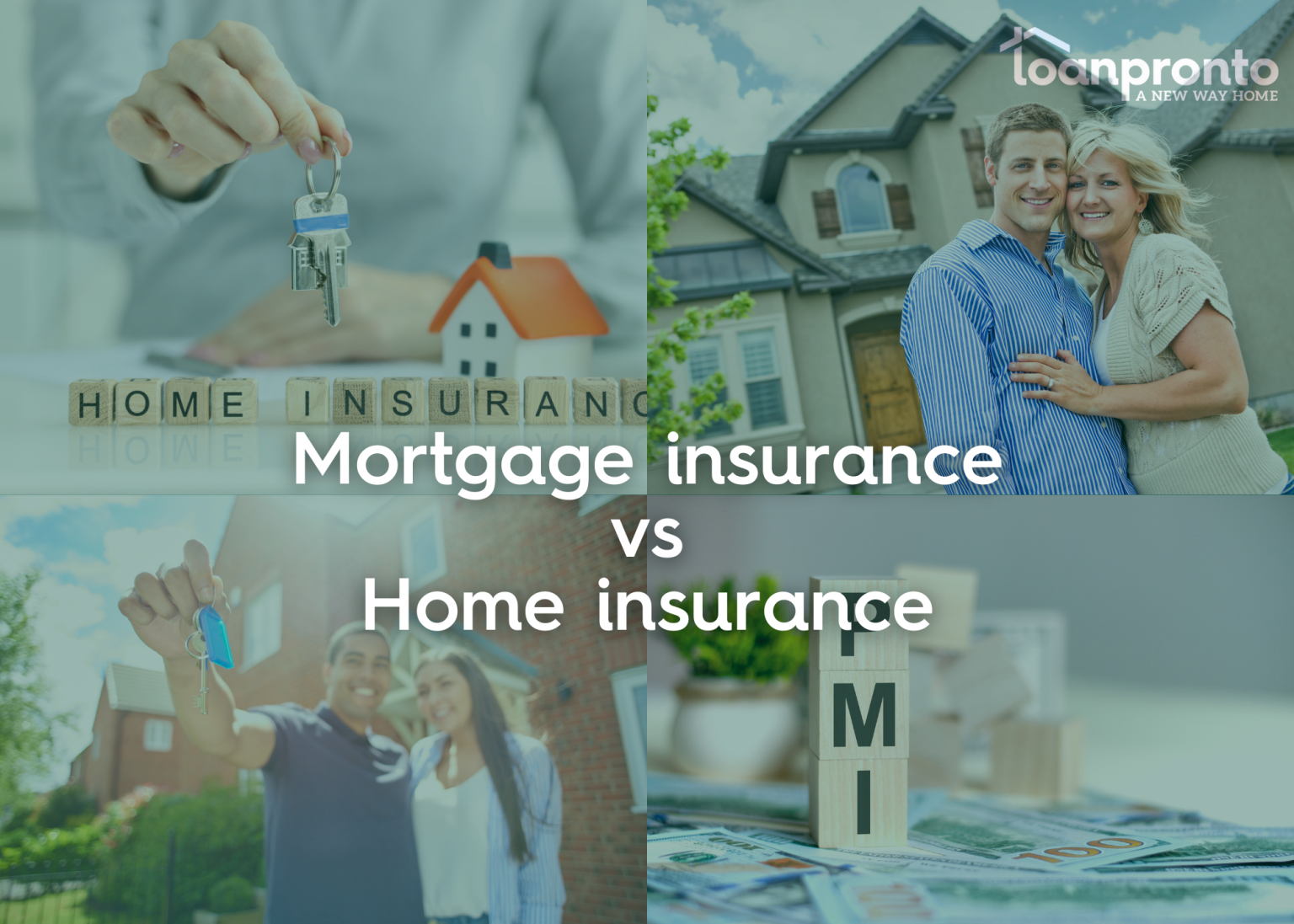
Understanding the distinction between private mortgage insurance (PMI) and homeowners insurance is crucial for new homeowners. While both provide financial protection, they serve different purposes and cover distinct aspects of homeownership. By comprehending the roles and requirements of both types of insurance, homeowners can safeguard their homes and financial well-being for the long term.
Private Mortgage Insurance:
Private mortgage insurance, commonly referred to as mortgage insurance, safeguards mortgage lenders in case borrowers’ default on their mortgage payments. This is typically mandatory for borrowers making a down payment of less than 20%. PMI premiums are usually canceled once a certain portion of the mortgage is repaid. Borrowers with FHA and USDA loans also pay mortgage insurance premiums (MIP), which may not be canceled in most cases.
How to Avoid Paying PMI:
-Save for a larger down payment.
-Find a lender with its own mortgage insurance program: could offer low down payment options without PMI, usually best for first-time homebuyers, low-income buyers or people with certain occupations (i.e. doctors or teachers)
-Utilize VA or USDA loans if eligible.
-Opt for lender-paid mortgage insurance (LPMI): this route comes with a tradeoff of a higher interest rate on the borrower’s mortgage.
-Consider a piggyback mortgage: rather than getting one mortgage, this allows a borrower to have two. This is most commonly seen in an 80/10/10 split, 80 percent first mortgage, 10 percent second mortgage and a 10 percent down payment.
Duration of PMI Payments and the removal process:
PMI payments on conventional loans can be canceled once the home’s equity reaches 20%. FHA loans may require PMI payments for the entire loan term. PMI can be removed through request, automatic termination, final termination, or refinancing once the home’s equity reaches 20% or halfway through the mortgage term.
Homeowners Insurance:
On the other hand, homeowners’ insurance, also known as hazard insurance, shields homeowners by providing coverage for the structure, contents, and liability, among other types of coverage. This insurance helps repair or replace the home and its contents in case of damage from perils like fires, storms, or theft.
Cost of home insurance:
Homeowners insurance costs vary widely based on location, home characteristics, owner demographics and other risk factors. The national average cost for $250,000 in dwelling coverage is $1,428 per year, as a basis example. Usually, this expense will be spread out and drafted monthly with the mortgage payment to an escrow account. The lender will then pay the corresponding insurance company once annually.
What homeowners insurance covers:
Different policies offer different levels of protection depending on the policyholder’s preferences. For instance, a policy may offer coverage to replace personal property at either actual cash value or replacement cost. A policy may also have open perils coverage or named perils coverage depending on the type of home insurance policy.
Is homeowners insurance required?
Homeowners insurance is not required by federal or state law. However, most mortgage lenders require this type of insurance coverage for as long as they have a financial interest in the home, as well as most insurance experts recommend purchasing homeowners insurance to protect financial investments in the home and prevent potentially devastating out-of-pocket costs following a covered disaster.
Most standard homeowners’ insurance policies include the following types of coverage:
-Dwelling coverage: physical structure of the home.
-Other structures coverage: detached garages, fences, barns, etc.
-Personal property coverage: furniture, clothing, electronics, etc.
-Medical payments coverage: certain medical fees if a visitor in the home injures themselves.
-Liability insurance: helps protect from financial losses if homeowners are found legally responsible for personal injuries or property damage incurred by others.
-Additional living expenses coverage: may help pay for additional costs associated with living elsewhere while primary home is being repaired after a covered claim. Expenses may include hotel costs, food expenses and pet boarding.
The most common homeowners insurance perils are:
Fire and smoke
Windstorms and hail
Lightning strikes
Explosion
Vandalism and malicious mischief
Aircraft or vehicle Theft
Falling objects
Weight of ice, snow or sleet
Water damage (but not flood damage)
Standard home policies do not typically cover earthquakes, floods and sinkholes. For coverage against these perils, a standalone policy or, if your company offers it, a separate added endorsement for an additional fee to be insured against a specific peril may need to be added. For example, flood insurance may be purchased through the federally backed National Flood Insurance Program or private insurers.
Differences Between PMI and Homeowners Insurance:
Financial Protection: PMI protects the lender’s investment, while homeowners’ insurance safeguards the homeowner’s investment in the property.
Requirement: PMI is typically required for borrowers with a down payment of less than 20%, whereas homeowners insurance is often mandatory for all homeowners, regardless of the down payment.
Coverage: PMI covers the lender’s risk of default, while homeowners’ insurance covers damage to the property and its contents.
Cancellation: PMI premiums may be canceled once a certain portion of the mortgage is repaid, while homeowners insurance remains in force as long as the homeowner owns the property and pays the premiums.
Get My Free Rate Quote